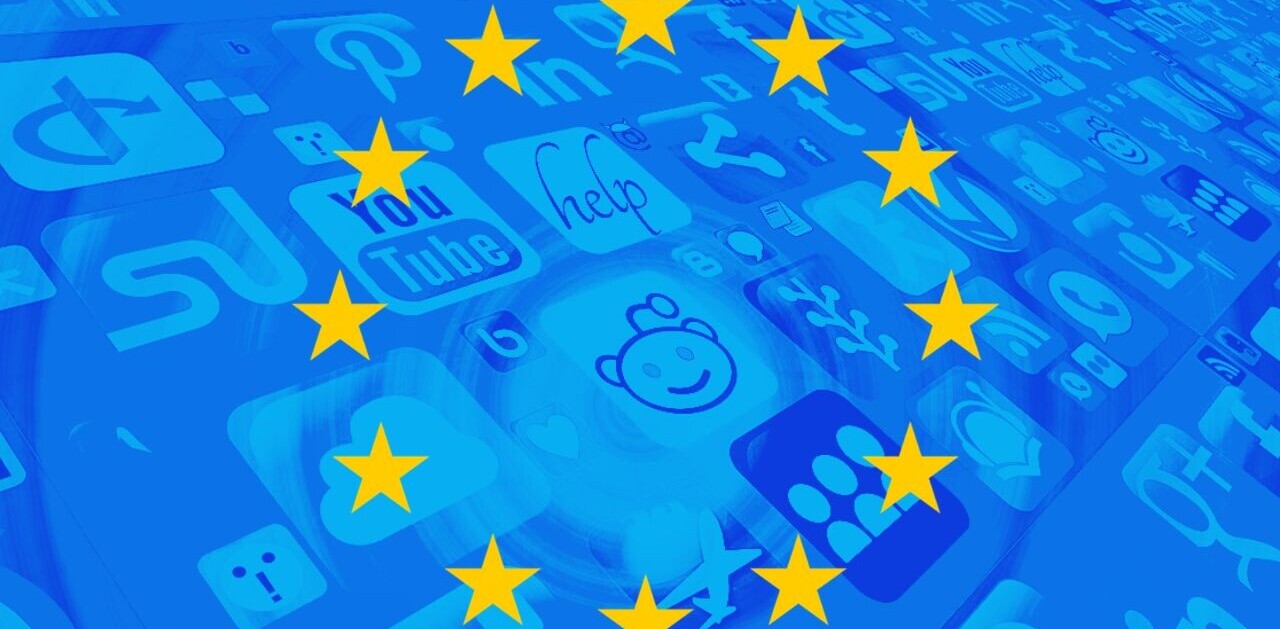Most mobile apps seek to be the center of attention. They are created by owners and product managers who obsess over extending as many user sessions as possible. Unfortunately, they don’t place a high consideration on the impacts of their customers’ well-being.
Meanwhile, many users are increasingly aware of how much time they are spending staring and tapping at their favorite apps. Apple has even made users more aware of just how much time they are spending on their phones with their iOS 12 update.
In the face of these emerging trends, it seems like the perfect time to ask how mobile apps should focus on enhancing and supplementing existing real-world experiences, rather than replacing them. This article will explore how that is possible and provide examples that highlight this distinction.
Start with good intentions
Mobile apps can streamline and facilitate real-world experiences to the benefit of customers and businesses. For example, a theme park could create an app that enables guests to view ride line times and closures.
Such an app would increase the number of rides each guest is able to enjoy in a visit, reduce the undesired time each visitor wastes in line, and drive guests to previously under-explored attractions.
In turn, this will improve customer satisfaction. It could also possibly increase the number of guests the park can entertain on any given day. It’s a complete win-win.
Pay attention to how this example app is able to maximize the best parts (riding rides) and minimize the worst parts (standing in line) of existing experiences. This app solves a particular problem, while not necessarily playing a role in every aspect of the overall guest experience.
Continue by going too far
After seeing the app’s remarkable success, managers of this amusement park might want to see how they can further facilitate guest interactions. They know that more guests fit into the park when they are evenly distributed across the many available rides. As a result, app owners might seek to motivate guests to explore less popular attractions.
Their product managers might come up with a “game” whereby guests have a passbook that gets stamped for each coaster ridden. In this game, guests are able to experience the thrill of going from ride to ride completing their collection of digital marks. They might even get achievements for experiencing entire sections of the park!
Here, app creators are overstepping their bounds and unnaturally manipulating the way users interact with a place. In this example, the app has become the ends and not the means of this interaction. This process removes any consideration for the end customer.

But is it all bad?
As a counterpoint to the previous section, consider a second type of checkpoint app. Perhaps one for a nature trail. This app might offer additional information about particular points of interest along a trail. It might also notify hikers when they enter a geofenced area, provide them with additional information, and call out particular nearby sights. It might even highlight places not yet visited along the current trail. Is this app guilty of the same sins as the amusement park app?
To answer this question, consider this: without the passbook feature, the amusement park app would still have shown guests the locations and times for each coaster, but would have left it up to their own motivations whether or not to ride. The passbook in this case served solely to modify guest behavior for the perceived benefit of the park, but not the actual benefit of its guests.
Meanwhile, the nature trail app is not trying to motivate visitors to alter their exploration unless they choose to. If the trail app alerts visitors of a waterfall half a mile to the east, they do not feel obliged to go that direction unless they have a desire to see that waterfall. It is hard to imagine such a visitor feeling frustrated or manipulated by the knowledge of the waterfall. Such a feature can only improve their experience.
Assist, accompany, and augment the experiences
It is also helpful to explore the various roles that apps can play in enhancing real world experiences. The following fairly generic examples can be applied to many interactions or points of interest:
- Preparation – An app could let users view a list of potential attractions, allow them to indicate which they are interested in, and then provide them with a programmatically generated itinerary. Apps might also help with guests register and complete any required paperwork or payment prior to arriving at a location. These example features allow guests to maximize their time spent enjoying the space.
- On location – Readers who grew up playing the N64 Zelda games might remember the character of Navi, who was a small fairy that followed the player around for the entire game. This fairy-guide would emerge occasionally when players had wandered into new areas or discovered new tools. She would provide additional context and tips for players only at these key points or when specifically asked for help. Apps can serve a similar role in pointing out and building upon key places within a space. They can do this without being overly interruptive or distracting.
- Upon reflection – Some visitors might want to recommend a particular path or attraction to their friends. An app that enables for quick recall and tracks previous interactions can help guests describe their adventures. It can also make more meaningful recommendations to their friends. This, in turn, will hopefully help ensure that additional guests have a more positive experience and increase the number of word of mouth marketing opportunities.
In conclusion
Whether it comes from looking at specific example apps or considering more generic solutions, much of this topic (and product management in general) can be summarized as follows:
Build something that guests actually want to use. Build something that enables them to have the best possible time during their visit by reducing any existing deterrents and enhancing existing attractions. This should be the constant force driving each phase of your app development process.
Please remember that nobody has ever said, “you have to go to this park, they have the best app,” but someone might say, “I loved this park and if you go, I highly recommend using their app.”
Get the TNW newsletter
Get the most important tech news in your inbox each week.





